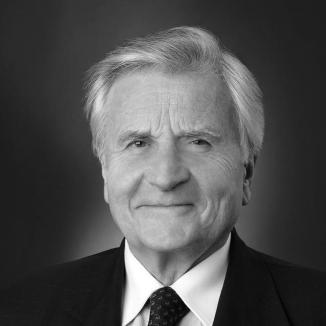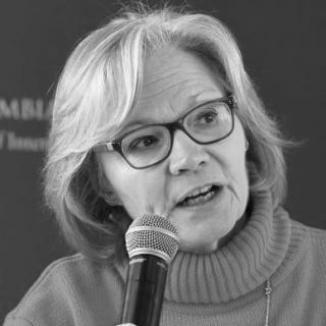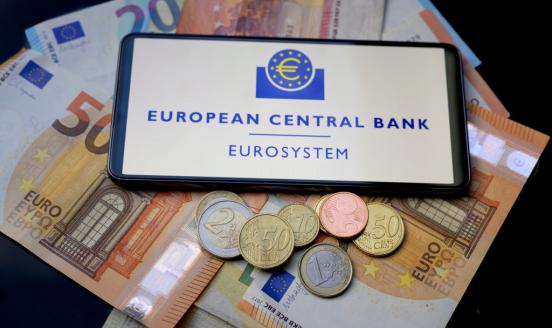An alpine divide? Comparing economic cultures in Germany and Italy
A discussion of Italian and German macro-economic cultures and performances.

Speakers
Jean-Claude Trichet
Honorary Chairman of Bruegel,
Marianne Nessén
Senior Advisor to the Executive Board, Sveriges Riksbank,
Patricia Mosser
Director, MPA Program in Economic Policy Management, Columbia University,
Hiroshi Nakaso
Chairman, Daiwa Institute of Research,
Thomas Mayer
Founding Director, Flossbach von Storch Research Institute,
Video and audio recordings
At this event we presented “The Value of Money. Controversial Economic Cultures in Europe: Italy and Germany” (published by Villa Vigoni) and had a discussion on Italian and German macro-economic cultures and performances.
When the Bretton Woods system collapsed in the early 1970s, Italy and Germany embarked on radically different monetary policies. The result was an increase in the value of the D-Mark from 170 Italian lira under Bretton Woods to 990 lira at the start of European Monetary Union. What was behind this development and did it reflect a fundamental alpine divide between Germany and Italy in the conduct of macro-economic policy? Has this divide persisted in EMU and, if so, does it threaten EMU, or is it receding?
What does the interaction between Italian and German economic cultures tell us about dynamics within the ECB? And what do these dynamics tell us about actions during, say, the financial crisis?










